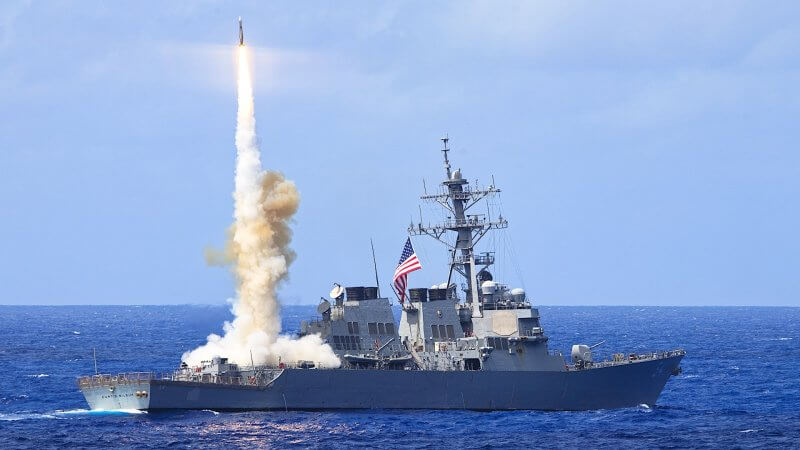
Introduction
In a significant move aimed at strengthening the U.S. Navy’s operational readiness, Secretary of the Navy Carlos Del Toro announced on Halloween that 12 aging Arleigh Burke-class Flight I destroyers will continue to serve beyond their expected 35-year service life. This decision adds 48 ship-years to the Navy’s Battle Force Inventory between 2028 and 2035, reinforcing America’s naval power in an increasingly complex global environment. These destroyers, renowned for their resilience and combat capability, will now remain active as the Navy brings new ships into service.
Key Takeaways
- Extended Service for Key Assets: By extending the service life of 12 Arleigh Burke-class destroyers, the Navy gains 48 additional ship-years, ensuring a steady presence of battle-ready ships on the global stage.
- Strategic Budget Use: This extension is a response to budget constraints, with the Navy choosing to maximize the service life of these well-maintained ships rather than focusing solely on new acquisitions.
- Critical Role in Global Operations: These destroyers have proven invaluable in contested areas like the Red Sea, showcasing their defensive capabilities against emerging threats like missile and drone attacks.
- Alignment with NAVPLAN: This move supports Chief of Naval Operations Adm. Lisa Franchetti’s NAVPLAN directive to “get more ready players on the field.”
Why America Should Care
Extending the service of these destroyers means the U.S. Navy can maintain its global influence without solely relying on new construction, which is often delayed and costly. The Arleigh Burke-class destroyers are already a backbone of America’s naval force, and keeping them in active duty allows the Navy to respond swiftly to threats across the world, from the Red Sea to the Pacific. As geopolitical tensions rise, particularly with adversaries investing in missile and drone technologies, America’s ability to field a capable and ready fleet is essential to safeguarding allies, trade routes, and national security interests.
Implications for the Navy
This decision underscores a strategic shift toward optimizing existing resources, driven by financial prudence and operational necessity. As these destroyers continue their service, the Navy will invest in targeted maintenance to preserve their combat readiness. This approach reflects a balance between sustaining legacy assets and preparing for the future, ensuring that the Navy remains flexible and capable. It also sets a precedent for evaluating the viability of other aging vessels, hinting at a broader strategy to keep more “ready players on the field,” particularly as new construction timelines face delays.

